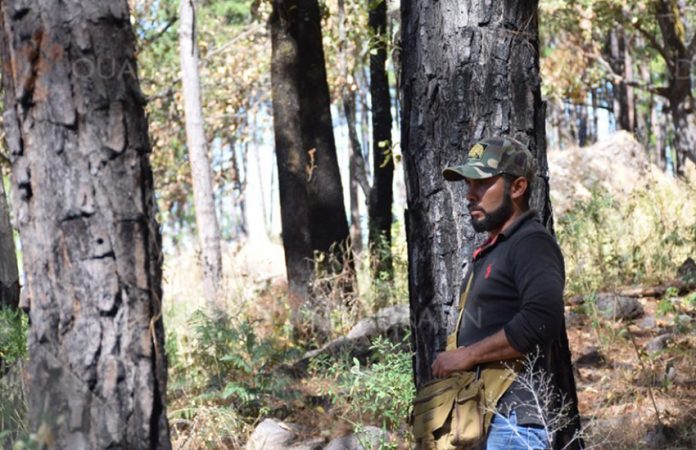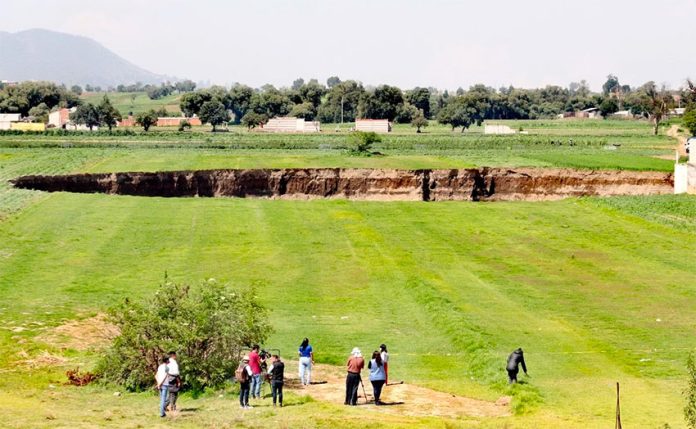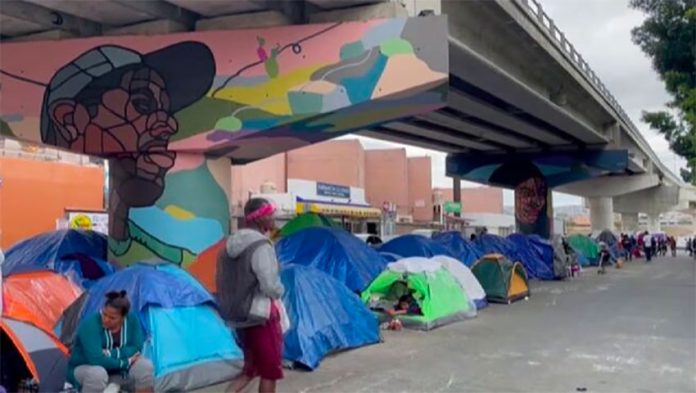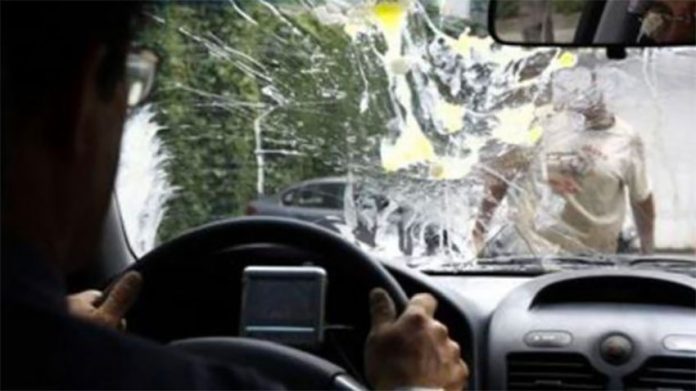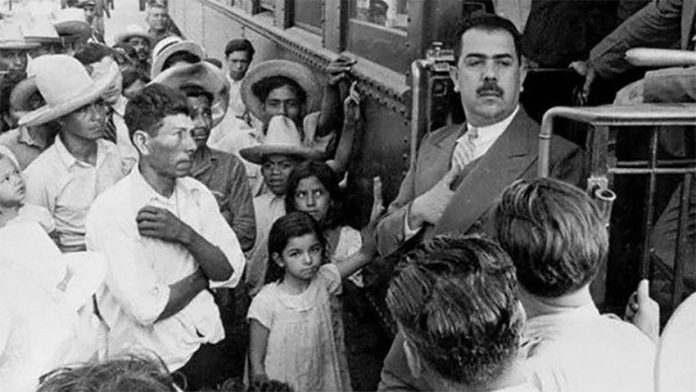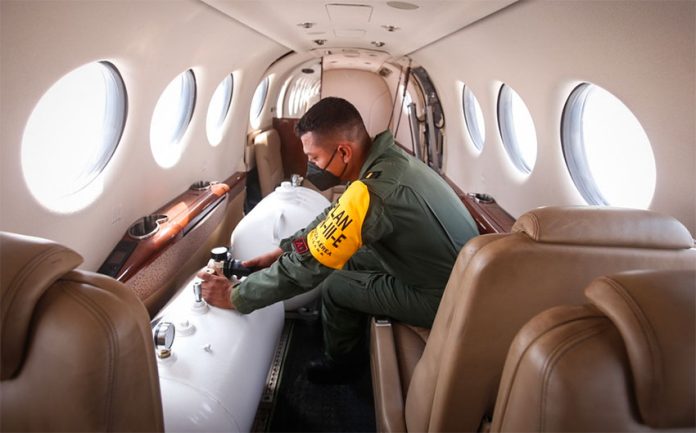Armed clashes in a Tierra Caliente municipality of Guerrero have left residents fearing for their lives during the past three days.
Confrontations were reported in the municipality of Coyuca de Catalán, located in the mountainous part of the state’s Tierra Caliente region, from Monday through Wednesday.
Residents of Guajes de Ayala, part of Coyuca de Catalán, told the news website Bajo Palabra that members of a criminal group believed to be the Familia Michoacana have engaged in gunfights with people defending forested land where opium poppies are grown. They claimed they have been abandoned by state and federal security forces.
Reaching Coyuca de Catalán has been made difficult by highway blockades the Familia Michoacana have set up.
Soldiers and state police flew over Guajes de Ayala and the communities of El Pescado, Hacienda de Dolores and Los Ciruelos in a helicopter on Wednesday afternoon, but according to Bajo Palabra they were unable to find a suitable landing site. Guerrero authorities said the security force members didn’t see any evidence of an ongoing armed conflict.
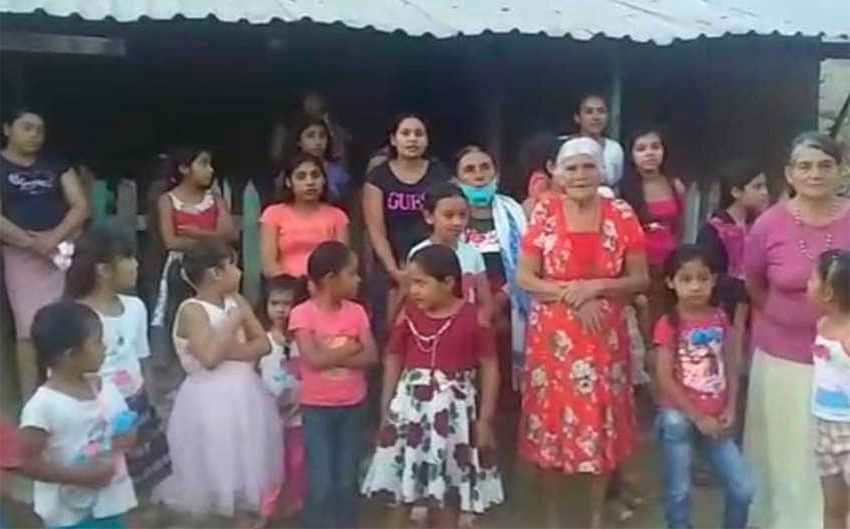
But video footage posted to social media by El Pescado residents on Wednesday afternoon showed part of a gunfight between the criminal group believed to be the Familia Michoacana and the forest defenders. It is unclear if there have been any casualties.
Other Coyuca de Catalán residents have posted desperate videos to Facebook, saying they have taken shelter and haven’t been able to go out to buy food for fear of being caught up in the violence.
One video shows more than 20 children sitting on the floor of a house while their mothers speak of their fear of being killed. Gunshots can be heard in the background, and the women say that the fighting is getting closer and closer.
Gunshots are also audible in several other videos posted to social media, according to the news website Infobae.
“For the government that says that nothing is happening, listen: there’s the proof,” says a Guajes de Ayala resident in a video published on Facebook.
Some residents of the town, mainly of women, children and senior citizens, made news in March when they recorded a video distributed widely on social media that begged President López Obrador to keep the National Guard posted there. In April, members of the community also sent a letter to the U.N. asking for humanitarian aid.
Just weeks before, eight men were killed and two women were abducted during clashes between Coyuca residents and suspected gang members.
Government reports indicate that more than 15 criminal groups are engaged in turf wars in the Tierra Caliente of Guerrero, a region notorious for drugs and organized crime violence.
Among the warring groups are the Familia Michoacana, the Beltrán Leyva cartel, the Jalisco New Generation Cartel, the Caballeros Templarios and the Independent Cartel of Acapulco.
With reports from Infobae (sp), and Bajo Palabra (sp)
